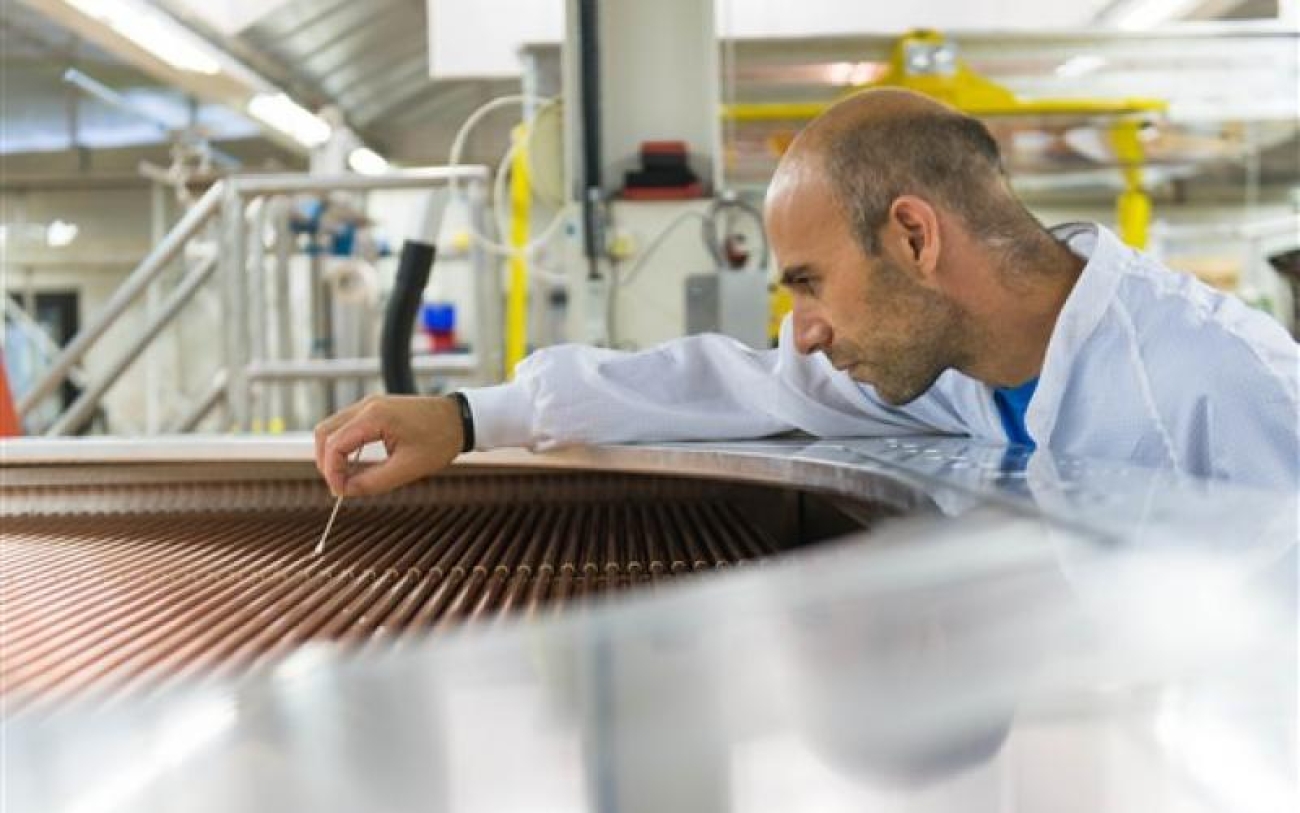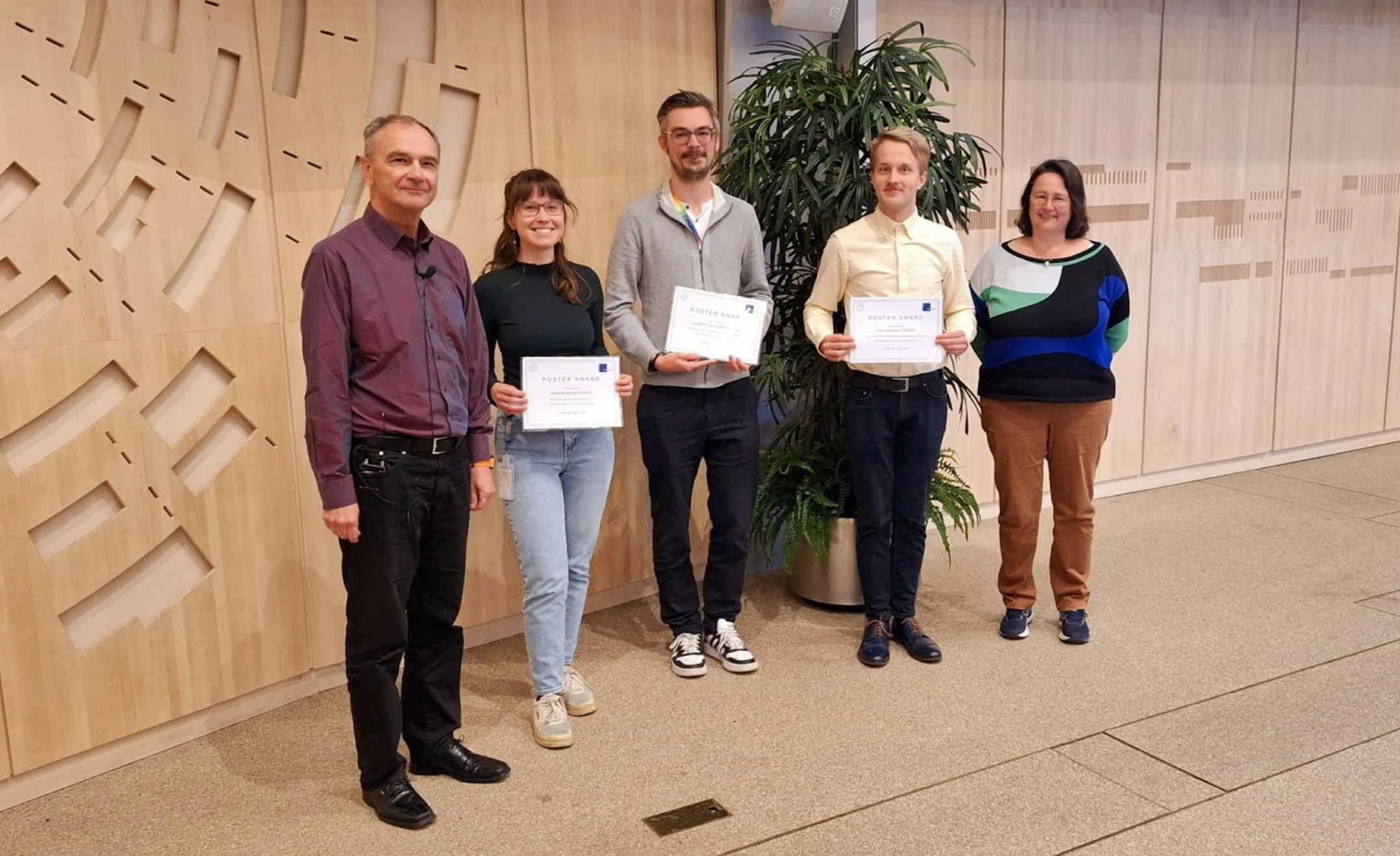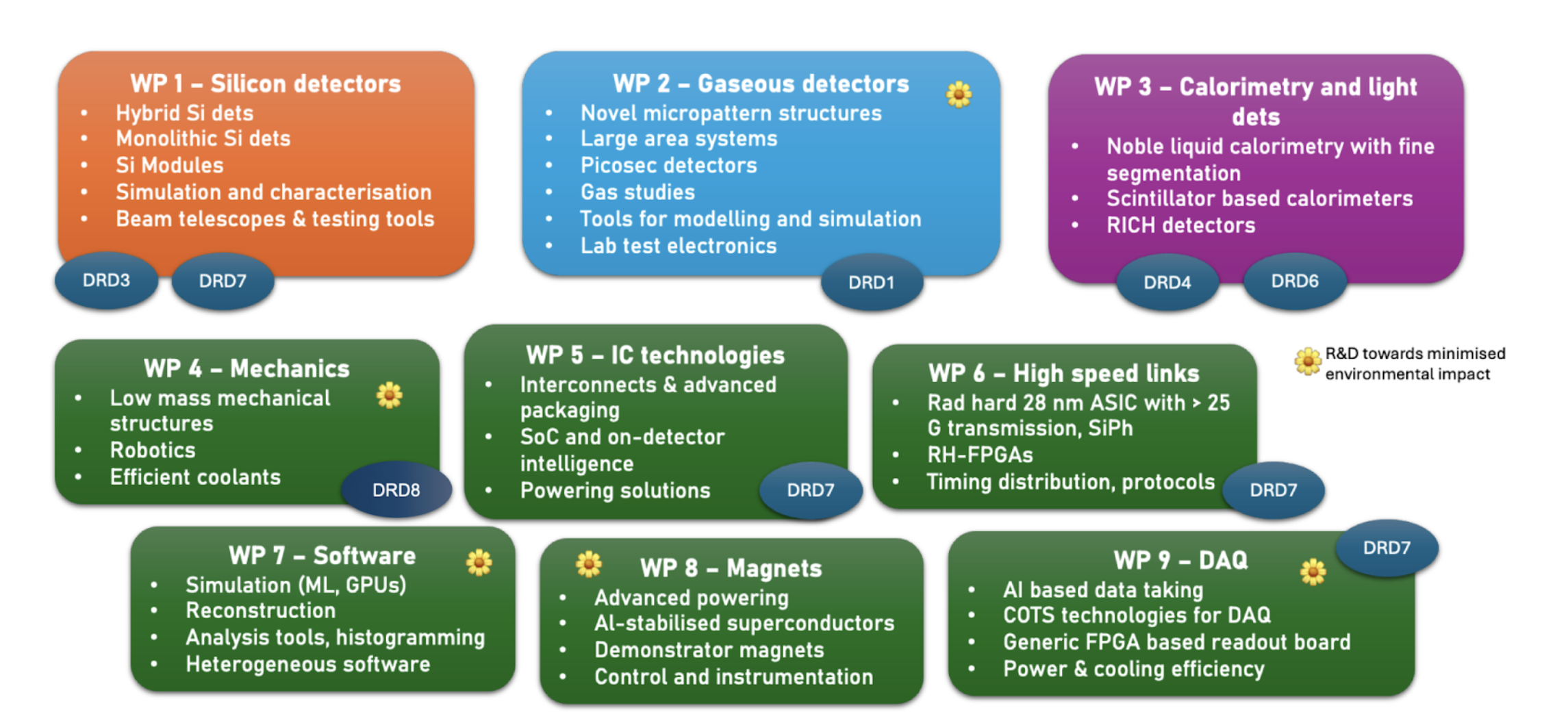A Day of Innovation: EP R&D 2025 in Focus

May 7th 2025, 8:15 AM. Many colleagues from all EP groups are gathering in front of the main auditorium. Colourful posters are being exhibited in the lobby. People who don’t see each other often profit from the occasion to chat a bit. It is the 2025 EP R&D day!
This regular one-day workshop is an opportunity to look back at the progress made and results achieved over the last year within the strategic EP R&D programme for future experiments. It is also conceived to present components that reached a maturity level that will allow them to be further developed outside this programme, to describe any discovered dead-ends which are an inherent and important part of R&D, to identify synergies across work packages and activities, and to show the future work plan to the whole department.
One of the highlights of the day was the poster session over lunch. As in previous years, many students and early-career researchers showcased their work, enriching the conversations of colleagues walking through the stands not only with in-depth technical discussions but also with contagious enthusiasm: Thank you all for that! Each and every poster and presenter would have deserved a prize, but a small committee was charged with ranking them. It identified the best and two ex-aequo second-best posters, which were awarded prizes, aiming to support the further career development of the three presenters.

Figure 1: Poster award ceremony. From left to right: Manfred Krammer (DH), Martina Maria Koppitz, Lucian Scharenberg, Eino Johannes Tiirinen, Giovanna Lehmann Miotto (DDH)
You are not yet familiar with the strategic EP R&D programme? Please read the next few paragraphs to get an introduction to it!
The strategic EP R&D programme on technologies for future experiments was launched in 2020 and aims to develop key detector technologies required for the next generation of experiments. The R&D activities aim to design and implement building blocks, demonstrators, and prototypes. In general, the R&D does not include the development of experiment-specific final devices.
The landscape of particle physics instrumentation at the high-energy frontier is well-defined until the completion of the High Luminosity LHC (HL-LHC). With the full exploitation of the potential of the HL-LHC as clear top priority for the next 15 years, a number of studies for major post-LHC projects at CERN are also being pursued: FCC-ee, FCC-hh, CLIC.
The 2020 update of the European strategy for particle physics identified an electron-positron Higgs factory as the highest-priority next collider. For the longer term, a proton-proton collider at the highest achievable energy (~100 TeV) is the goal, and the e+e- collider could be a first stage for this machine. In addition to the accelerator R&D to prove the technical and financial feasibility of this future circular collider, the European strategy update document also clearly highlighted the need to keep a strong focus on instrumentation and state-of-the-art infrastructures. The European strategy for particle physics is being updated again this year, and possibly a firmer direction will emerge for the next large accelerator projects in Europe. The need for developing hardware and software technologies in order to be able to design and build future experiments will remain a central element in the strategy.
The work plan of the strategic EP R&D programme on technologies for future experiments is described in two public documents (2020-2024, 2024-2028). The overall programme is led by a steering committee (SC), chaired by the EP department head and formed by members of the four LHC experiments, the three EP support groups, and R&D field experts. The SC acts in close collaboration with the 12 appointed Work Package (WP) leaders and their deputies, who are in charge of implementing the work plan and proposing new research avenues, when appropriate.
Activities are organised into nine areas (12 WPs). The Silicon detectors, gaseous detectors, calorimetry and light detectors WPs focus on the specifics of the respective detector technologies. Five additional WPs address the R&D needs on transversal technologies: mechanics and detector cooling, experimental superconducting magnets, ASICs design, fast and radiation hard data links, data acquisition, and simulation, reconstruction and analysis software.
Emphasis is given to those activities for which CERN plays a special role due to its in-house expertise and available infrastructure, and to technologies that require continuity and a critical mass which goes beyond the size of most university groups. The work plan of the EP R&D programme foresees the major part of the work being done by graduates, fellows, and technical or doctoral students, while staff members spend a fraction of their time supervising and supporting the activities, or, as WP Leaders, steering the research work. EP R&D plays a central role in training future detector experts: 53 graduates/fellows, 21 PhD and 11 technical students in 2024 were financially supported through it.

Figure 2: Overview of the different areas of activity of the strategic EP R&D programme on technologies for future experiments.
The strategic EP R&D programme on technologies for future experiments is well aligned with the more recently launched ECFA strategic R&D programme for detectors (DRD). Several of the newly formed DRD collaborations relied on the existing EP R&D organisation as a focal point to prepare an initial, coherent work plan.
If, in the future, you are interested in contributing to the programme, and it aligns with your main professional commitments, please feel free to contact any of the WP leaders or members of the Steering Committee.
